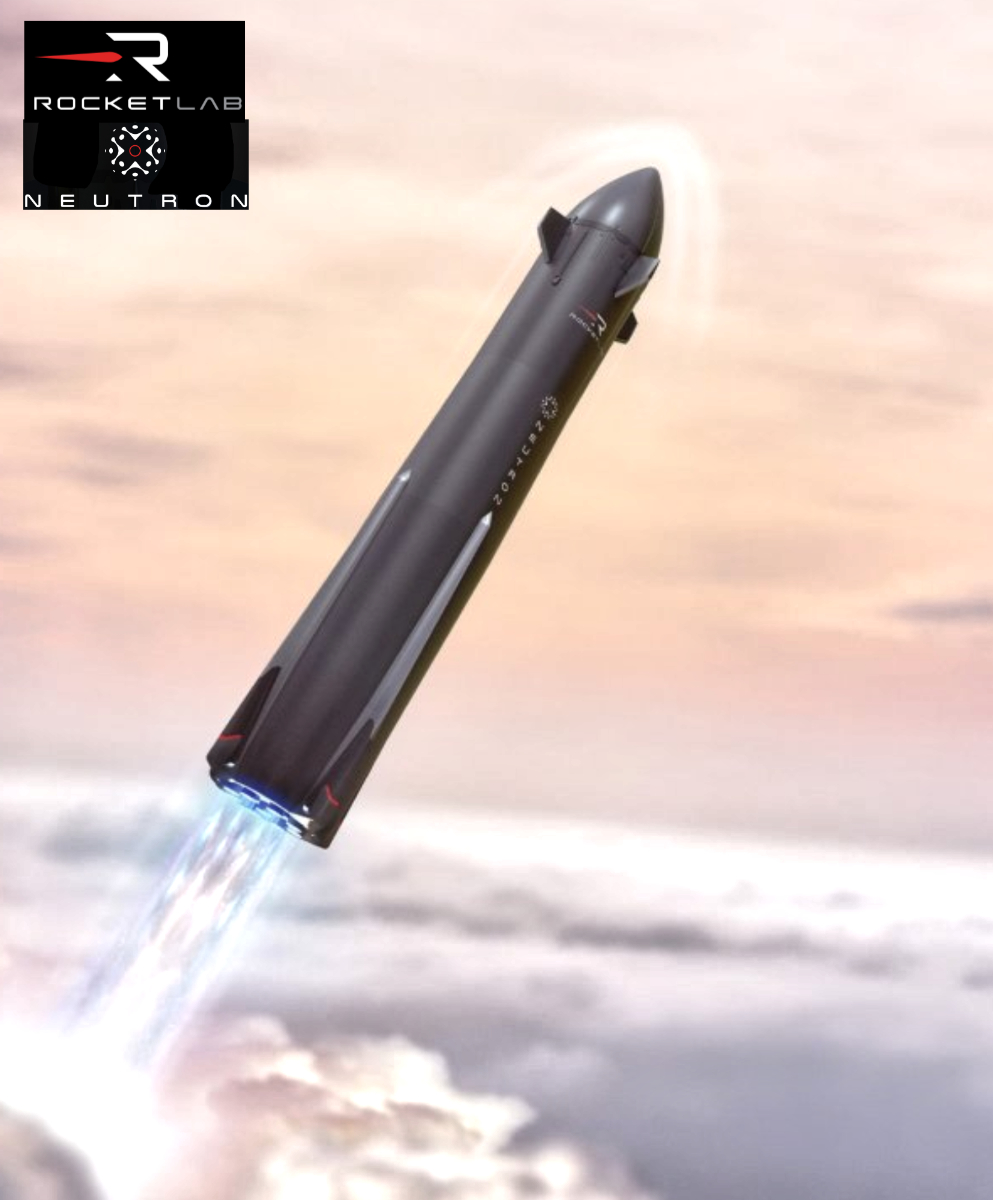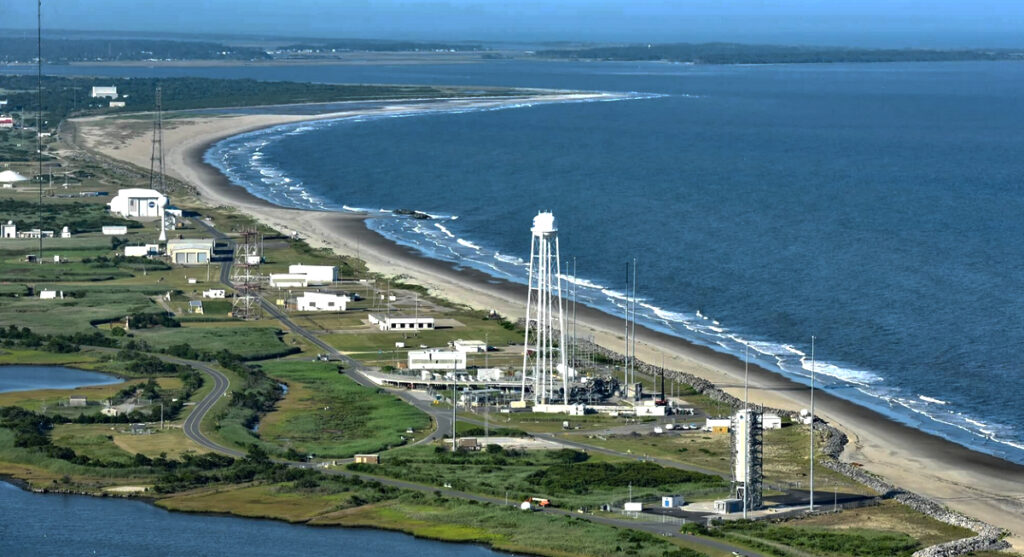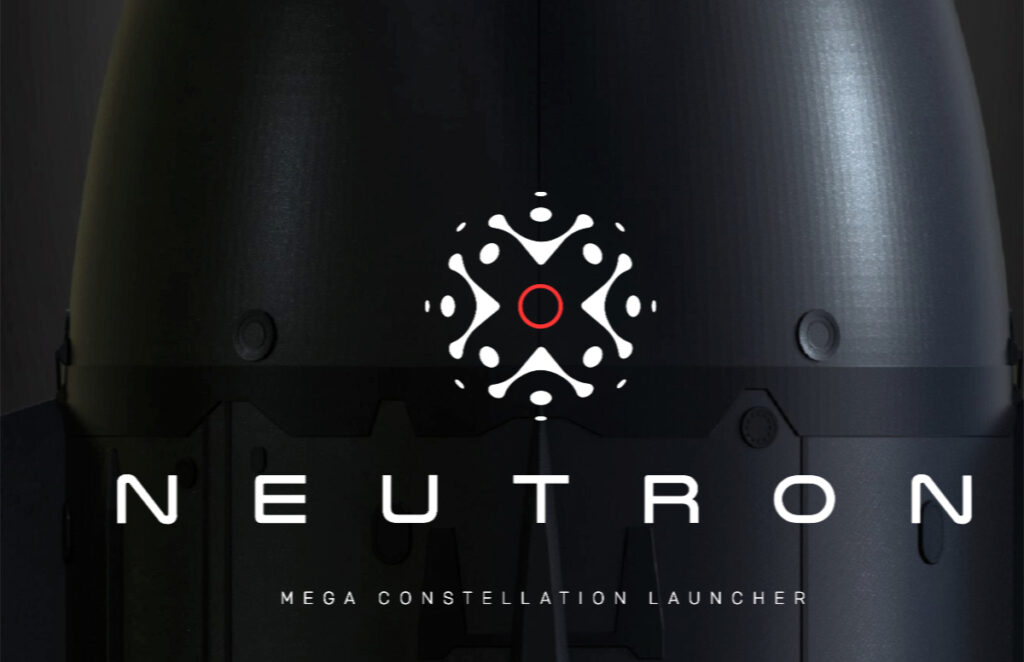

Rocket Lab USA, Inc. (Nasdaq: RKLB) has been selected by the U.S. Space Force (USSF) to compete for the Department of Defense’s highest-priority national security missions for the National Security Space Launch (NSSL) Phase 3 Lane 1 program—the firm-fixed price, IDIQ contract has a five-year ordering period that will run through to June 2029 with a maximum value of $5.6 billion.

Rocket Lab’s launch vehicle for the program will be Neutron, its 13-ton, reusable, carbon composite, medium-lift launch vehicle that is being rapidly developed to meet the demand for high assurance national security missions, and for single and multi-satellite constellation deployment. Designed to deploy payloads up to 13,000 kg, Neutron is being brought to the market at an unprecedented development pace on the foundation of Rocket Lab’s industry leadership as one of the world’s most frequent and reliable launch providers, with 63 Electron launches to date and one of only two U.S. launch providers to have launched multiple payloads to orbit so far in 2025.
With Neutron’s first launch scheduled for the second half of the year, Rocket Lab met the program’s eligibility requirements to be selected to compete for the NSSL program, and upon a successful flight on Neutron, will be eligible to further compete for individual task orders awarded within the NSSL program. Neutron’s debut launch from Launch Complex 3 in Wallops Island, Virginia, will be the first launch vehicle to support the NSSL program from the region.

As one of only five launch providers selected for the Department of Defense’s program, eligibility for NSSL Lane 1 includes stringent requirements that aim to develop a diversified, competitive and reliable domestic launch base to provide launch services for its highest-priority national security missions. The program plans to award a minimum of 30 missions within its contracting period through to 2029, with the potential for an extension through to 2034. As part of the on-ramp to the NSSL program, Rocket Lab receives a $5 million task order to perform a capabilities assessment that demonstrates the Company’s tailored approach to mission assurance for launches awarded through the NSSL program.
Rocket Lab Founder and CEO, Sir Peter Beck,said, “Supporting assured access to space for the nation’s most important missions has always been the goal with our Neutron rocket, and we’re incredibly proud to selected by the U.S. Space Force to demonstrate this commitment for the NSSL. Neutron is a powerful new launch option that will set a new standard for performance, affordability, and reliability in medium launch, and its selection to the program demonstrates a high degree of confidence by the Department of Defense in Neutron’s capabilities ahead of its first launch later this year. We can’t wait to showcase Neutron as the important platform it will become for the Department of Defense.”
About Neutron
Rocket Lab’s new reusable medium-lift rocket Neutron is a next-generation challenger to deliver a cost-effective, reliable, and responsive launch service for commercial and government missions. The advanced design of Neutron includes carbon composite for all of the rocket’s major structures and an innovative upper stage that enables high-performance for complex satellite deployments, including the deployment of satellite mega-constellations. The Neutron launch vehicle is a reusable launch vehicle leveraging the technology and infrastructure pioneered by the Electron launch vehicle, which has launched 63 times to date and provides the US government and commercial customers frequent, affordable access to space. Neutron utilizes a unique design that brings the Stage 1 and payload fairings back to Earth as a single, integrated stage. This maximizes cadence in a 13-ton to orbit reusable performance capability. Neutron is powered by nine Archimedes engines on Stage 1, and one vacuum-optimized Archimedes engine on Stage 2. Neutron operates from Rocket Lab Launch Complex 3 (LC-3) located at Wallops Island, Virginia from the Mid-Atlantic Regional Spaceport (MARS).

